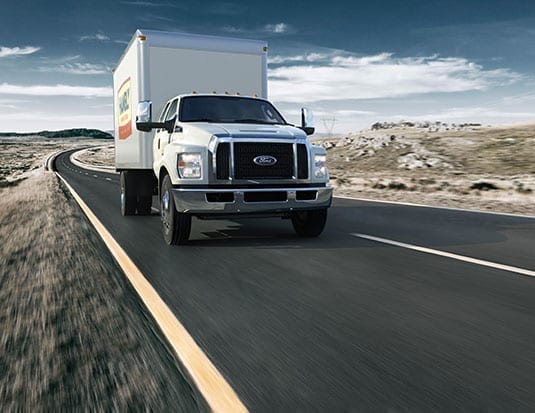Term can decide return on investment.
Leasing a light duty to medium duty truck is mostly straightforward. Consideration is given to vehicle application, and how long it’s expected to be on the road. “From that standpoint, with light to medium duty trucks, there’s no tangible difference,” says Charlie Johns, Regional Truck Manager of Canada for ARI.
But larger, heavy duty vehicles are a different conversation. “What’s the cost of the vehicle?” asks Johns. “What kind of up-fitting is needed? Is it a specialty unit that takes a long time to build and typically has a longer life?”
Residual value
When financing a larger piece of equipment, leases should be structured so that the residual value at the end of the term is as small as possible. “It’s really more about cash flow than it is about resale,” notes Johns.
For some large vehicles, the initial capital cost can run in the hundreds of thousands of dollars. “With a higher cap cost, the term tends to be as long as financially possible,” says Johns. “At the end of the lease you should experience a slight gain on the sale.”
And of course, there’s the decision to lease vs. own. “For leasing you’re not using your own capital on a depreciating asset,” says Paul Wingate, senior strategic consultant, Element Fleet Management. “Part of the analysis that should be performed is a comparison of cashflows and net tax implications related to deductions for lease payments or capital cost allowance.”
The length of the financing or lease term is often related to the length of time the truck will be in use. “The general cycling range for a pick-up truck in our clients’ fleets is three to five years, and normally not more than 150,000 kilometres,” says Wingate. “With medium duty trucks, it’s five to eight years or more, depending on the job function. Some bodies and up-fit equipment can be refurbished and used on a new chassis as well.”
Return on investment
And for heavy duty trucks, it’s not unusual for them to be on the road for at least eight to ten years. “If you’re going to own the vehicle, where is the money coming from?” asks Wingate. “For example, is it internal funds, a loan or line of credit? With medium and heavy duty trucks, the manufacturers also have their own finance programs that can be considered.”
Wingate says he encourages fleet managers to determine the return on investment in a vehicle with a detailed lease vs. own analysis. “A key is determining what the economic life of that vehicle will be,” he says. “What is the best number of years and kilometre threshold that you believe will give you the best average annual spend on that vehicle? Then evaluate what the NPV (Net Present Value) would be to lease that vehicle versus other alternatives for that time period.”
Choosing the Right Truck for Your Fleet
Before you even think of financing a truck, you first need to know what your fleet actually needs. “For medium and heavy trucks in particular, a best practice is to create a detailed spreadsheet that identifies all the different factors that should be considered in evaluating the pros and cons of a truck from one manufacturer versus another in addition to price,” says Wingate.
“Items to be considered can be grouped by category,” he adds. “For example, job function requirements (e.g. maximum payload, types of cargo, turning radius, axle ratios, powertrain, loading and unloading), suitability based on where the vehicle will be travelling, projected maintenance and fuel usage costs, locations of supporting dealer network for servicing, warranty and so forth.”



